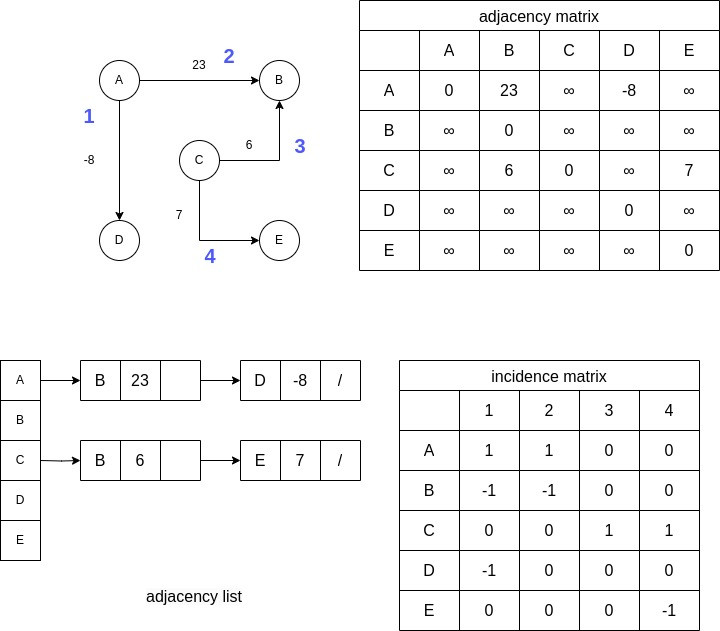
Tree(樹)是一種資料結構,是具有樹狀結構性質的資料集合,根朝上,而葉朝下,它具有以下的特點:
mutableListOf是 Kotlin 程式語言中的一個函數,用於建立一個可變的列表(mutable list)。
在 Kotlin 中,列表是一種用於存儲一組元素的數據結構,可變列表與不可變列表(immutable list)的區別在於,可變列表允許在創建後添加、刪除或修改其中的元素,而不可變列表則不允許修改其內容。
// Kotlin implement tree data structure
class TreeNode<T>(val value: T) {
var children: MutableList<TreeNode<T>> = mutableListOf()
fun add(child: TreeNode<T>) = children.add(child)
fun remove(child: TreeNode<T>) = children.remove(child)
override fun toString(): String {
var s = "${value}"
if (!children.isEmpty()) {
s += " {" + children.map { it.toString() }.joinToString(", ") + " }"
}
return s
}
}
// Tree overview
// beverages
// ├── hot
// │ ├── tea
// │ │ ├── black tea
// │ │ ├── green tea
// │ │ └── chai tea
// │ ├── coffee (removed)
// │ └── cocoa
// └── cold
// ├── soda
// │ ├── ginger ale
// │ └── bitter lemon
// └── milk
fun main() {
val tree = TreeNode("beverages")
val hot = TreeNode("hot")
val cold = TreeNode("cold")
val tea = TreeNode("tea")
val coffee = TreeNode("coffee")
val cocoa = TreeNode("cocoa")
val blackTea = TreeNode("black tea")
val greenTea = TreeNode("green tea")
val chaiTea = TreeNode("chai tea")
val soda = TreeNode("soda")
val milk = TreeNode("milk")
val gingerAle = TreeNode("ginger ale")
val bitterLemon = TreeNode("bitter lemon")
tree.add(hot)
tree.add(cold)
hot.add(tea)
hot.add(coffee)
hot.add(cocoa)
cold.add(soda)
cold.add(milk)
tea.add(blackTea)
tea.add(greenTea)
tea.add(chaiTea)
soda.add(gingerAle)
soda.add(bitterLemon)
println(tree)
// remove an item
hot.remove(coffee)
println(tree)
}
我們預設新加入的節點都是樹的葉子節點,也就是說,新加入的節點沒有子節點。
且由左至右加入節點,也就是說,新加入的節點會成為同一層的最右節點。
Graph(圖)是一種抽象數據類型,用於實現數學中圖論的無向圖和有向圖的概念。
而圖我們可以呈現的方式主要有三種:

// Kotlin implement graph data structure
// The graph has directed edges, meaning that the edge points from one node to another.
class Graph<T> {
private val nodes: MutableList<Node<T>> = mutableListOf()
fun addNode(node: Node<T>) = nodes.add(node)
fun removeNode(node: Node<T>) = nodes.remove(node)
fun addEdge(source: Node<T>, destination: Node<T>) {
if (!nodes.contains(source) || !nodes.contains(destination)) {
throw Exception("Source and Destination nodes must be part of graph")
}
val edge = Edge(source, destination)
source.addEdge(edge)
}
fun removeEdge(source: Node<T>, destination: Node<T>) {
if (!nodes.contains(source) || !nodes.contains(destination)) {
throw Exception("Source and Destination nodes must be part of graph")
}
val edge = Edge(source, destination)
source.removeEdge(edge)
}
fun print() {
nodes.forEach { node ->
node.edges.forEach { edge ->
println("${edge.source.value} -> ${edge.destination.value}")
}
}
}
}
class Node<T>(val value: T) {
var edges: MutableList<Edge<T>> = mutableListOf()
fun addEdge(edge: Edge<T>) = edges.add(edge)
fun removeEdge(edge: Edge<T>) = edges.remove(edge)
}
class Edge<T>(val source: Node<T>, val destination: Node<T>) {
override fun equals(other: Any?): Boolean {
if (other !is Edge<*>) {
return false
}
return source == other.source && destination == other.destination
}
}
fun main() {
val graph = Graph<String>()
val nodeA = Node("A")
val nodeB = Node("B")
val nodeC = Node("C")
val nodeD = Node("D")
val nodeE = Node("E")
val nodeF = Node("F")
val nodeG = Node("G")
val nodeH = Node("H")
val nodeI = Node("I")
graph.addNode(nodeA)
graph.addNode(nodeB)
graph.addNode(nodeC)
graph.addNode(nodeD)
graph.addNode(nodeE)
graph.addNode(nodeF)
graph.addNode(nodeG)
graph.addNode(nodeH)
graph.addNode(nodeI)
graph.addEdge(nodeA, nodeB)
graph.addEdge(nodeA, nodeC)
graph.addEdge(nodeA, nodeD)
graph.addEdge(nodeB, nodeE)
graph.addEdge(nodeB, nodeF)
graph.addEdge(nodeC, nodeG)
graph.addEdge(nodeC, nodeH)
graph.addEdge(nodeD, nodeI)
graph.print()
// A -> B
// A -> C
// A -> D
// B -> E
// B -> F
// C -> G
// C -> H
// D -> I
graph.removeEdge(nodeA, nodeB)
graph.removeEdge(nodeA, nodeC)
graph.removeEdge(nodeA, nodeD)
graph.removeEdge(nodeB, nodeE)
graph.removeEdge(nodeB, nodeF)
graph.removeEdge(nodeC, nodeG)
graph.removeEdge(nodeC, nodeH)
graph.removeEdge(nodeD, nodeI)
graph.print()
// graph.removeNode(nodeA)
// graph.removeNode(nodeB)
// graph.removeNode(nodeC)
// graph.removeNode(nodeD)
// graph.removeNode(nodeE)
// graph.removeNode(nodeF)
// graph.removeNode(nodeG)
// graph.removeNode(nodeH)
// graph.removeNode(nodeI)
// graph.print()
}
Terminal 輸出
A -> B
A -> C
A -> D
B -> E
B -> F
C -> G
C -> H
D -> I
所有 Code 可以在 Github 找到 ~
明天要開始重點部份,演算法實做了!!!
首先從 Sorting 開始
![]()
